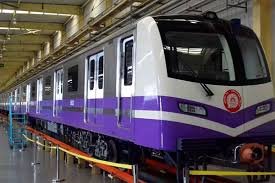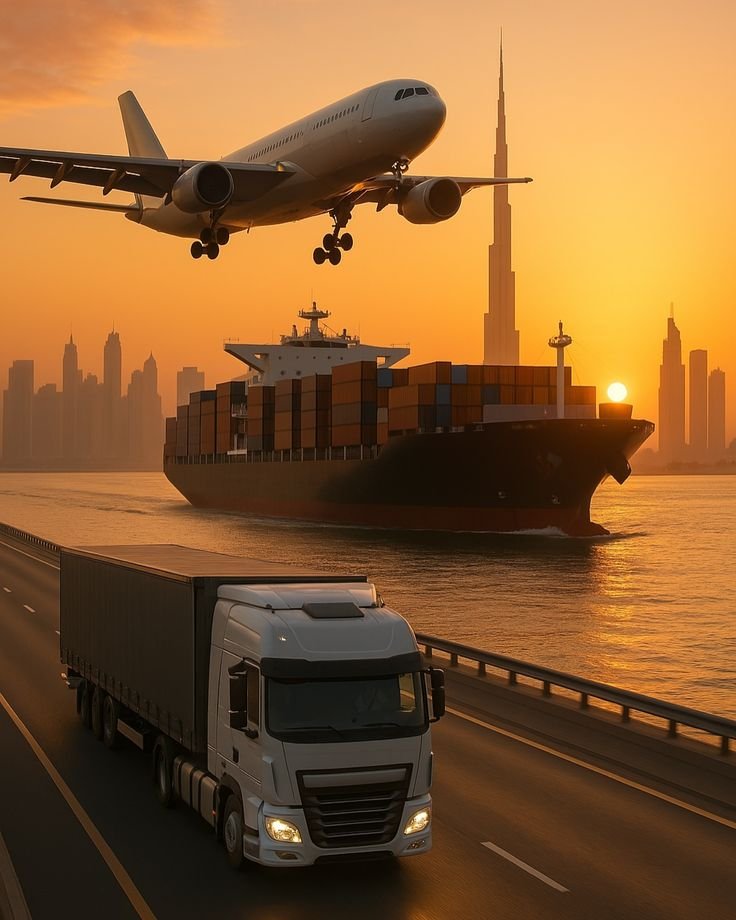Kolkata, the cultural capital of India, is not only known for its rich heritage and vibrant arts scene but also for its pioneering steps in urban transport. The Kolkata Metro Rail system stands as a testament to the city’s commitment to modernizing its infrastructure and providing efficient public transport options. As one of the first metro rail systems in India, the Kolkata Metro Railway has significantly changed how residents and visitors navigate this bustling metropolis.
A Brief History of Kolkata Metro Rail
The inception of the Kolkata Metro can be traced back to the late 1960s when the need for a rapid transit system was recognized due to increasing traffic congestion. The first stretch of the metro rail was inaugurated in 1984, marking a significant milestone in India’s urban transport landscape. Since then, the system has expanded progressively, with numerous lines and extensions being added to meet the demands of a growing population.
Milestones in Development
The Kolkata Metro Rail Corporation (KMRC) has been pivotal in overseeing the development and expansion of the metro network. The original route from Maidan to Kyd Street laid the foundation, but subsequent phases have witnessed significant enhancements. Key milestones include:
- First Operational Line (1984): The initial 3.4 km stretch from Dum Dum to Tollygunge set the stage for future expansions.
- East-West Metro Corridor: A game changer in Kolkata’s metro system, this corridor aims to connect Howrah with Salt Lake Sector V, reducing travel time dramatically.
- Introduction of Modern Trains: The incorporation of new technologies and trains has improved safety, comfort, and efficiency for commuters.
Features of the Kolkata Metro Railway
The Kolkata Metro Railway is not just about transportation; it embodies several features designed to enhance the commuter experience. Here are some of the standout attributes:
1. Extensive Network
With multiple lines and over 30 stations, the Kolkata Metro serves various parts of the city. The network connects key commercial, residential, and educational areas, making it easier for people to commute without relying heavily on road transport.
2. Affordable Fares
One of the most appealing aspects of the Kolkata Metro is its affordability. The fare structure is designed to be accessible, catering to a wide demographic. This makes it an attractive option for daily commuters and tourists alike.
3. Timeliness and Frequency
The Kolkata Metro trains run with impressive frequency, especially during peak hours. The schedule is designed to minimize wait times, allowing passengers to plan their journeys efficiently.
4. Safety and Cleanliness
Safety is a top priority for the Kolkata Metro Rail Corporation. The trains are equipped with advanced safety features, and regular maintenance ensures high standards of cleanliness within the trains and stations. Security personnel are also stationed throughout the network to ensure passenger safety.
5. Environmentally Friendly
As a rapid transit system, the Kolkata Metro significantly reduces the reliance on private vehicles, thereby decreasing traffic congestion and pollution. The shift towards electric trains further emphasizes the commitment to sustainability.
Read Also – Kolkata metro smart card recharge
Technological Advancements
The Kolkata Metro Rail has embraced technology to improve operational efficiency and passenger convenience. Some notable advancements include:
- Automated Ticketing Systems: The introduction of smart cards and QR code-based ticketing has simplified the boarding process, reducing queues at ticket counters.
- Real-Time Information Systems: Digital displays at stations provide real-time updates on train schedules and delays, enhancing the commuter experience.
- Wi-Fi Connectivity: Many metro stations offer free Wi-Fi, allowing passengers to stay connected while waiting for their trains.
Challenges and Future Prospects
While the Kolkata Metro has made significant strides, it faces challenges that need to be addressed for future growth:
1. Infrastructure Limitations
The existing infrastructure is under strain due to increasing ridership. Expanding the network and upgrading older stations are essential to accommodate future demands.
2. Funding and Investment
Ongoing expansions require substantial investment. Collaborations with state and central governments, as well as private partnerships, will be crucial in securing the necessary funding.
3. Public Awareness and Accessibility
Increasing public awareness about the metro’s benefits and ensuring accessibility for differently-abled individuals are vital for maximizing ridership. Initiatives to educate the public and enhance accessibility features can foster greater use of the system.
4. Future Expansion Plans
The Kolkata Metro Rail Corporation has ambitious plans for the future. Key projects on the horizon include:
- Phase II of the East-West Corridor: This extension will connect more areas, enhancing the metro’s reach and effectiveness.
- New Lines and Extensions: Plans are in place to create additional lines that will connect suburban areas to the main city, further promoting urban mobility.
Conclusion
The Kolkata Metro Rail represents a significant leap forward in urban transport, demonstrating how effective planning and investment can transform a city’s mobility landscape. As the Kolkata Metro Railway continues to evolve, it not only aims to ease congestion but also to provide a reliable, affordable, and environmentally friendly mode of transport for millions of commuters.
The journey of the Kolkata Metro is far from over, with numerous projects in the pipeline and a commitment to addressing existing challenges. As the city grows, so will the metro system, ensuring that Kolkata remains a dynamic, connected, and accessible urban hub. Whether you are a local resident or a visitor, the Kolkata Metro train is poised to become an integral part of your travel experience in this vibrant city.
















Leave a Reply